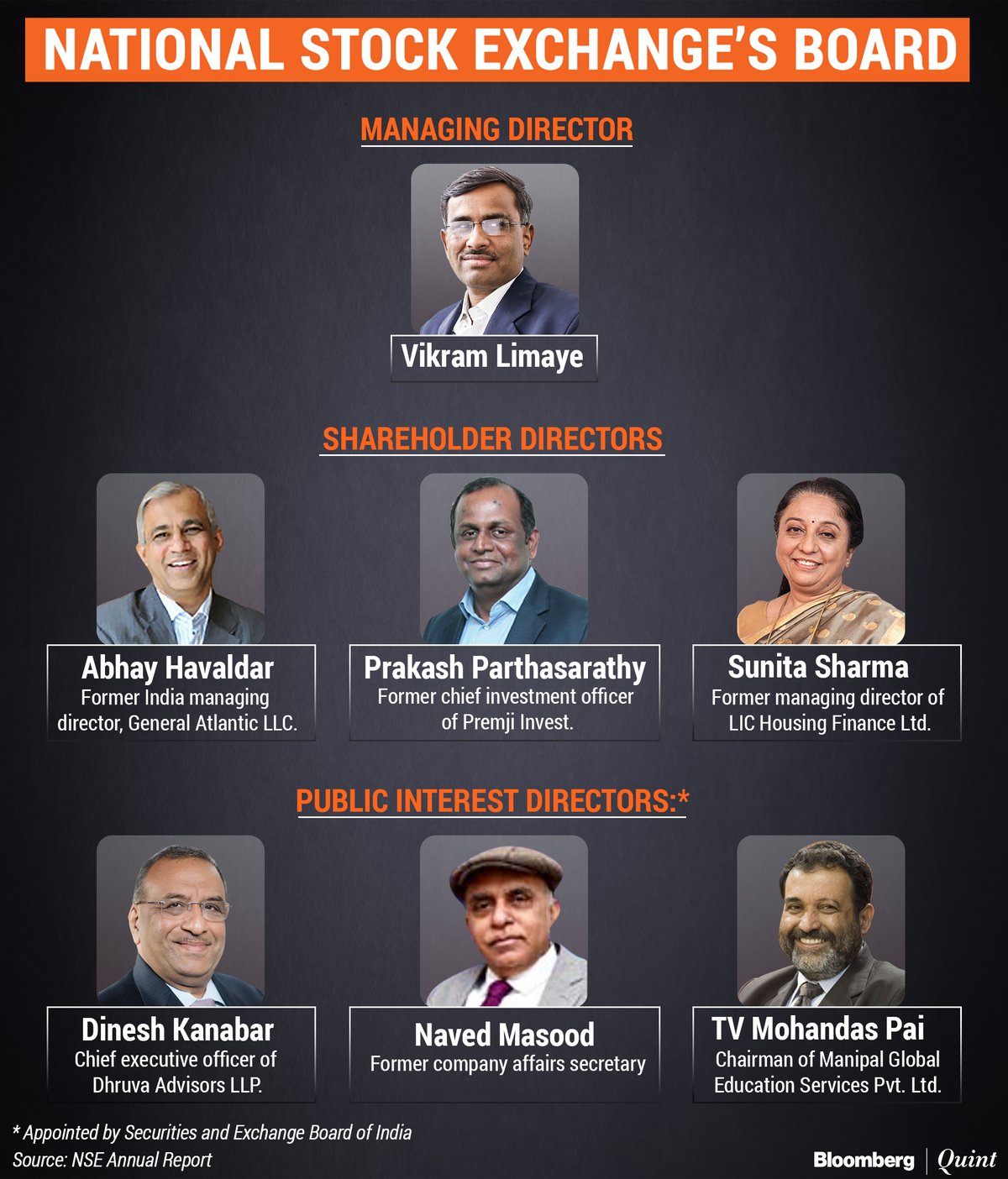


Despite facing regulatory challenges in the past, National Stock Exchange of India (NSE) is once again seeking approval from SEBI to move forward with its initial public offering (IPO) plans. The exchange had initially planned to go public in 2016, but had to withdraw its IPO documents due to a co-location scam. After facing a significant penalty and a six-month restriction from raising funds, NSE is now awaiting SEBI's response to its latest request for a no-objection to proceed with its IPO plans and to refile the Draft Red Herring Prospectus (DRHP). With the decision in SEBI's hands, NSE's future as a publicly listed company hangs in the balance.
National Stock Exchange of India (NSE) IPO: A Comprehensive Analysis
Background:
National Stock Exchange of India (NSE), established in 1992, is India's largest stock exchange by volume traded. It is a publicly traded company, with the government of India holding a significant stake. However, the exchange's initial public offering (IPO) plans have faced numerous challenges over the years.
Regulatory Challenges:
In 2015, NSE was embroiled in a co-location scam, where certain brokers were given unfair access to high-speed trading platforms. This led to a regulatory investigation and significant penalties against the exchange. As a result, NSE had to withdraw its IPO documents in 2016.
Recent Developments:
After facing a six-month restriction from raising funds, NSE is now once again seeking approval from the Securities and Exchange Board of India (SEBI) to proceed with its IPO plans. The exchange has submitted a request for a no-objection to refile its Draft Red Herring Prospectus (DRHP) with SEBI.
Current Status:
The decision on whether or not to approve NSE's IPO plans rests with SEBI. The exchange is awaiting a response from the regulatory body on its request. If approved, NSE will move forward with its IPO process, which could potentially value the exchange at several billion dollars.
Top 5 FAQs and Answers:
1. Why did NSE withdraw its IPO plans in 2016? NSE withdrew its IPO plans due to the co-location scam and subsequent regulatory penalties.
2. What are the current regulatory challenges facing NSE? NSE is not facing any current regulatory challenges related to its IPO plans. However, the exchange has faced scrutiny in the past regarding its management and operations.
3. What is the potential valuation of NSE in an IPO? The potential valuation of NSE in an IPO is estimated to be several billion dollars, depending on market conditions and investor interest.
4. When is NSE expected to go public? The exact timing of NSE's IPO is subject to SEBI's approval and market conditions. However, the exchange is hoping to go public by the end of 2023 or early 2024.
5. What impact will an NSE IPO have on the Indian stock market? An NSE IPO would likely increase investor interest in the Indian stock market and boost the exchange's status as a global financial hub.

Power Finance Corporation Ltd. (PFC), a Maharatna CPSE under the Ministry of Power, is observing Vigilance Awareness Week 2025 to reaffirm its commitment to integrity, transparency, and accountability. The week-long observance includes activities such as workshops, slogan writing competitions, and quizzes to raise awareness and encourage employee participation in promoting a culture of vigilance. PFC's dedication to maintaining a transparent and responsible work environment aligned with the theme "Vigilance – Our Shared Responsibility" highlights its focus on promoting ethical conduct and good governance.

As part of Vigilance Awareness Week, the Vijayawada Division of South Central Railway reaffirmed its commitment to integrity and ethical governance through a series of activities. The program included an Integrity Pledge, a vigilance awareness walkathon, and a street play by the Bharat Scouts and Guides. Divisional railway manager Mohit Sonakiya emphasized the importance of transparency and individual responsibility in building a corruption-free society.

According to a report by The Washington Post, the Modi government has allegedly facilitated a plan for state-owned Life Insurance Corporation of India (LIC) to invest around $3.9 billion in companies owned by industrialist Gautam Adani. The move comes at a time when Adani's businesses are facing mounting debt and scrutiny from international banks. Despite acknowledging the risks, government officials pushed for the investment as a means of showing confidence in Adani and promoting economic growth in India.

The India Maritime Week 2025 event, to be held in October, will bring together over one lakh delegates and 500 exhibitors from around the world to explore investment, innovation, and policy advancement in India's maritime sector. With 24 expected MoUs worth Rs 3,000 crore to be signed, the event aims to reinforce India's position as a key player in the global maritime ecosystem. The chairman of Mormugao Port Authority also highlighted upcoming developments in the sector, including hosting container vessels and expanding solar power production.

The Life Insurance Corporation of India (LIC) has strongly refuted a report by The Washington Post claiming that its investment decisions were influenced by external factors and linked to the Adani Group. LIC clarified that all its investment decisions are taken independently in line with board-approved policies, and there has been no plan or document prepared to infuse funds into Adani companies. The state-owned insurer also denied any involvement of government bodies in its investment decisions, stating that it follows strict due diligence and acts in the best interest of stakeholders. This statement comes after LIC came under scrutiny for its exposure to the Adani Group in the past.

In a critical move, top officials in India's finance ministry pushed for state-owned Life Insurance Corporation of India to invest billions of dollars in the Adani Group, a controversial conglomerate headed by billionaire Gautam Adani. The proposal was made despite some officials being aware of potential risks and criticisms surrounding the group, including a recent indictment by US prosecutors for bribery allegations. Many have criticized the move as it involves the usage of middle-class savings and guaranteed returns for the benefit of a private company.

Despite being aware of the risks, officials of India's finance ministry proposed and fast-tracked a plan in May 2025 for the state-owned insurance and investment company, Life Insurance Corporation (LIC), to invest approximately $3.9 billion in an Adani group firm. This came at a time when the Adani group was facing corruption charges and reluctance from global banks to extend loans. The decision faced criticism from opposition leader Rahul Gandhi, as it has implications for the long-term savings and guaranteed returns of middle-class investors, who rely on LIC for low-risk investments. The Washington Post's investigation is based on documents and interviews with officials from LIC, the Department of Financial Services, and bank officials familiar with Adani group finances.

Australian batsman Travis Head opens up about his love for challenging batting conditions in the upcoming Ashes series, citing it as an opportunity to score freely and align with his natural aggressive style. While other top-order players have struggled on difficult Australian surfaces, Head has excelled and believes it will continue to be a challenge for England's batters. Former captain Steven Smith also chimes in, saying it will be tough for England if Australia continues to produce lively pitches.

Union Minister Kishan Reddy praised India's youth for their role in propelling the country towards becoming a developed nation by 2047. Addressing newly appointed government employees at the 17th Rozgar Mela, he emphasized the transformative potential of young citizens in shaping the country's future. With over 51,000 individuals receiving job offers through the Rozgar Mela initiative, Reddy credited Prime Minister Narendra Modi's leadership for India's rapid progress in various sectors and encouraged the new recruits to become torchbearers of progress.

The Baltimore Museum of Art has received a generous donation of over $10 million from the Stoneridge Foundation to support their art education department. This donation, the largest in the history of the museum, will fund various educational initiatives, including free family activities and teaching apprenticeships for nearby university students. This gift highlights the importance of museums in promoting education and cultural awareness and sends a message that supporting museums does not have to come only through schools. This funding will also create new positions for museum educators and help the museum better accommodate the numerous education requests they receive.